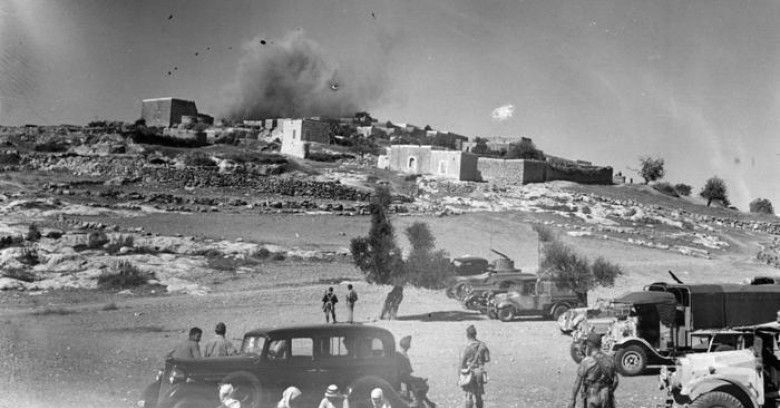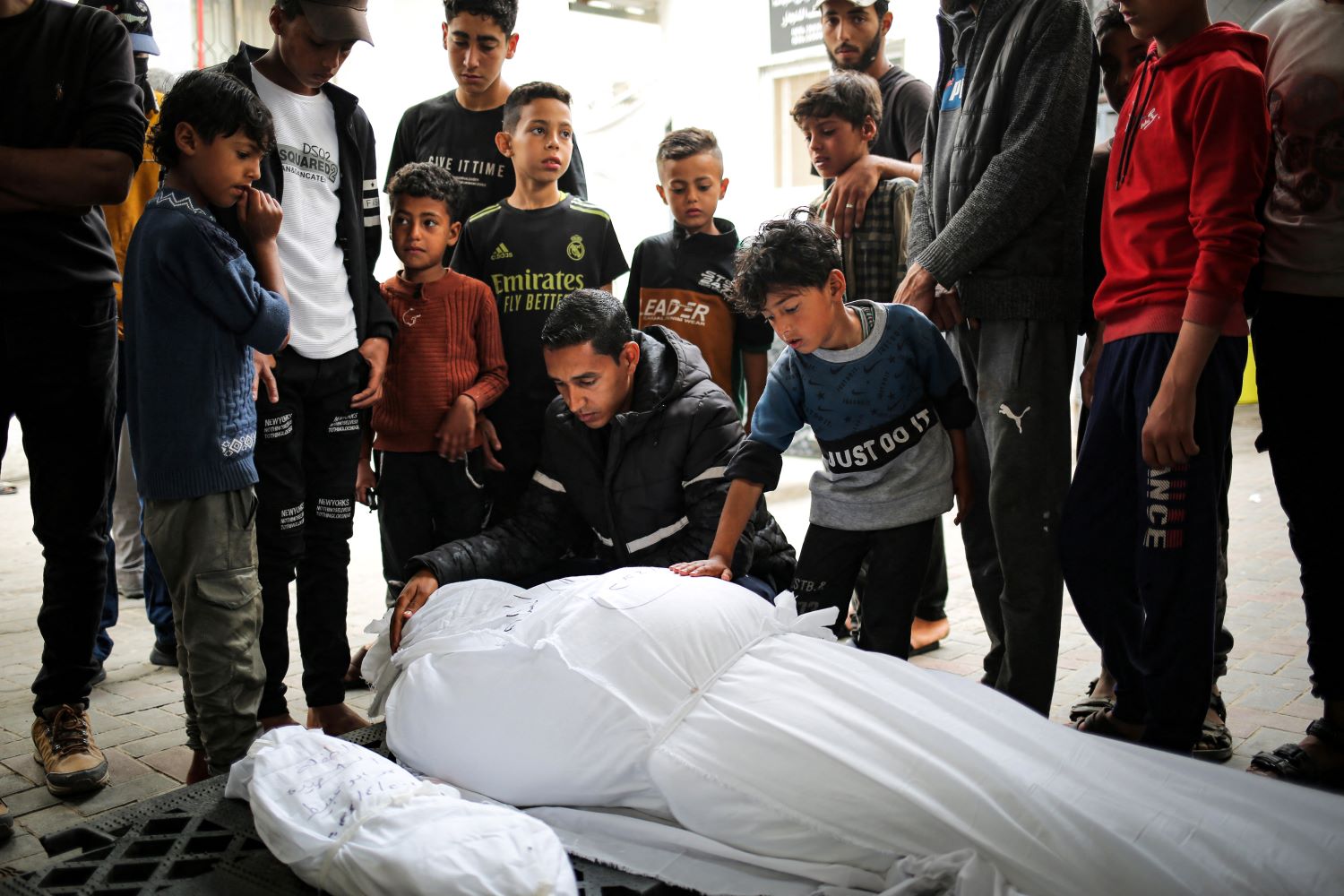RAMALLAH, June 20, 2017 (WAFA) – Almost 70 years since the Nakba, the Palestinian uprooting and forceful expulsion from their home and country following the creation of Israel, the number of displaced Palestinians who became refugees has increased by six times, the Palestinian Central Bureau of Statistics (PCBS) said in a report published Tuesday on the occasion of the International Day of Refugees.
It said that the 1948 Nakba (catastrophe) has led to the expulsion and displacement of about 957,000 Palestinian Arabs, representing 66.0% of the total Palestinians who were living in historic Palestine on the eve of the 1948 war.
The United Nations gave two different estimates on the number of refugees, one released in 1949 and put the number at 726,000 and the second released in 1950 and put the number at 957,000 refugees.
Latest figures by the United Nations Relief and Works Agency for Palestine Refugees (UNRWA) indicated that by 2016, almost 70 years since the Nakba, the number of registered Palestinian refugees amounted up to about 5.9 million and these figures represented the minimum number of Palestinian refugees, said the PCBS.
Palestinian refugees in the West Bank who are registered with UNRWA as in 2016 accounted up to 17% of the total refugees registered with UNRWA against 24.5% in Gaza Strip.
At the level of the Arab countries, the percentage of Palestinian refugees registered with UNRWA in Jordan, amounted up to 39.1% of the total Palestinian refugees while the percentage of Palestinian refugees registered with UNRWA in Lebanon and Syria reached 8.8% and 10.6% respectively.
According to the date, the percentage of the population of refugees in State of Palestine in 2016 is estimated at 41.5% of the total Palestinian population living in State of Palestine, and data indicated that 26.2% of the population in the West Bank are refugees, while the percentage of refugees in Gaza Strip is 65.3%.
The percentage of persons aged less than 15 years in State of Palestine reached 39.1% (as of 39.3% for refugees and 38.9% for non- refugees) in the fourth quarter 2016, while the percentage of elderly aged 60 years and over among refugee reached 4.2% of the total refugees while for non- refugees reached 4.8%.
The total fertility rate for the period (2008-2009) in State of Palestine amounted 4.4 births, broken down into 4.4 births among refugee women while these rates among non-refugee reached 4.3 births.
The results of the Labor Force Survey in 2016 showed that participation rate in labor force among refugees in Palestine aged 15 years and over was 46.1% against 45.5% for non- refugees.
However, unemployment rate among refugees reached up to 33.3% compared to 22.3% among non-refugees.
In 2016, the profession of technicians, specialists, assistant, and clerks considered as the most accommodating profession among refugees and non- refugees in Palestine alike as refugees amounted to 33.8% while the non-refugees reached 22.9%. Also, legislators and senior management staff represented the lowest percentage for both of refugees and non-refugees with a variation by 3.0% for refugees and 3.3% for non-refugees.
The percentage of illiteracy among Palestinian refugees in 2016 for individuals aged 15 years and over reached 2.7%, while among non-refugee reached 3.3%. As a percentage of Palestinian refugees aged 15 years and over who obtained a bachelor‘s degree or higher reached 14.9% of the total refugees aged 15 years and over against 12.6% for non-refugees.
Data of 2016 indicated that 43.3% of the households in Palestine live in an independent house, the percentage among non-refugee was 50.2% against 34.1% for refugees, and the percentage of household living in an apartment reached 54.4% (46.4% non-refugee against 65.2% for refugee). The percentage of refugee households living in a rented accommodation reached 10.6% of the total refugee households and 72.1% for refugee households are living in owned housing unit.
M.K.










